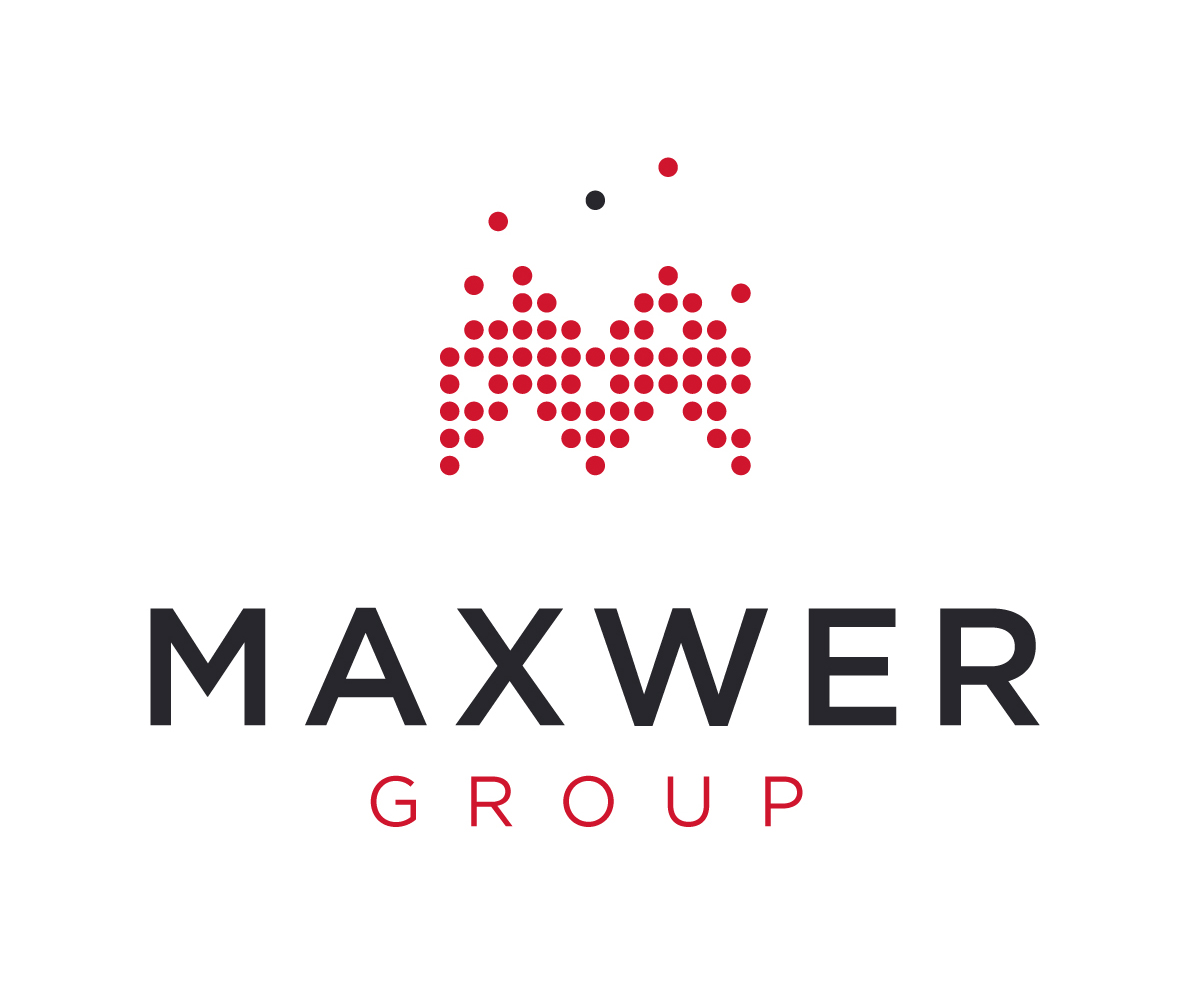Commodity trade financing plays a pivotal role in the global economy, facilitating the exchange of essential raw materials and goods that fulfil essential mankind needs and fuel industries worldwide. These financial instruments have evolved significantly over the years, adapting to changing market dynamics and economic conditions.
Interesting fact that commodity trade financing is not a recent development – its roots can be traced back to ancient civilizations. In Mesopotamia, merchants used promissory notes to finance trade transactions as early as 2000 BCE. This historical continuity underscores its enduring importance in global trade.
The future of commodity trading is already on the horizon, and it is increasingly evident that traditional financing models may no longer suffice. The global market is undergoing rapid transformations, driven by factors such as the energy transition, trade flow disruptions, and evolving consumer demands.
While commodities encompass a wide range of goods, some markets dominate the commodity trade financing landscape. Oil, natural gas, metals and agricultural products are among the most actively traded commodities nowadays.
The commodity trading industry has witnessed substantial growth in recent years, with commodity trading value pools nearly tripling from $36 billion in 2018 to $100 billion in 2022 and that is the 3rd in a row all-time record. A significant portion of this growth is attributed to EBIT from oil trading, which surged by over 90 percent during this period, reaching $18 billion. Power and gas trading also expanded, increasing from $7 billion to $13 billion followed by agriculture showing 2 times growth (Source: McKinsey, Oliver Wyman).
At the same time, there remains a significant trade finance gap, particularly for small and medium-sized enterprises (SMEs). The Asian Development Bank estimated this gap at $1.7 trillion annually and it continues to raise, highlighting the need for greater inclusivity in trade finance.
Trading landscape has also been changed and we expect more to come. In 2022 shipping trends underwent substantial shifts, particularly within the energy sector. Previously, natural gas and refined oil products destined for Europe and the United States were compelled to seek new markets in the Asia Pacific and African regions. As these flow patterns reversed, various suppliers of commodities rushed to meet the rising demand, allowing the market to regain balance. What set the most successful traders apart was their capacity to adapt to these transformations, redirect shipments, identify fresh sources, and expand new markets. This created opportunities for traders to enhance the efficiency of the system, whereas those exclusively focused on a single origin or destination found themselves at a disadvantage.
From other hand, it’s anticipated that production and trading volumes of minerals and other environment-friendly commodities will experience a substantial upsurge during the energy transition period. As an example, forecast indicates that the demand for key minerals such as lithium, nickel, and cobalt, vital to produce electric vehicle batteries and renewable energy technologies, will skyrocket. By 2030, the demand for lithium alone is estimated to triple, reaching approximately 1.3 million metric tons annually, while nickel demand is projected to nearly double to 5 million metric tons. This surge in mineral demand not only underscores the significance of innovative financing models but also highlights the immense opportunities awaiting those who can adeptly navigate the evolving landscape of commodity trading.
Therefore, having ready access to funds via secured alternative trade finance solutions are of utmost importance, and it is expected to remain even more crucial in outlook.
There are some more important trends in commodity trade financing we would like to highlight:
- Digital age
One of the most significant trends in commodity trade financing is the adoption of digital technologies and blockchain. Digitalization has streamlined the process, making it faster, more efficient, and transparent. Blockchain technology has gained prominence for its ability to enhance security and traceability, reducing fraud and disputes in commodity trading.
- On the way to the sustainable future
The global shift towards sustainability and responsible business practices has influenced commodity trade financing. Many financing institutions are now considering ESG criteria when evaluating trade finance deals. Moreover, many banks have made the decision to step away from commodity financing during the transition period, particularly in fossil fuels. Companies engaged in environmentally friendly practices may receive more favorable financing terms, reflecting the growing emphasis on sustainable trade.
- Risk Mitigation never stops
Commodity trade financing often involves significant risks, such as price volatility and geopolitical instability. The heightened volatility in commodity prices has tightened collateral requirements and increased margin calls, leading to a significant rise in working capital requirements. For example, energy margin calls are estimated to reach $1.5 trillion. The stance of banks has also raised the cost of trade financing, affecting small and medium-sized commodity traders first. To address these challenges, businesses and financial institutions are implementing more robust risk mitigation strategies and structured finance solutions to meet needs of market players.
Summing up, commodity trade financing remains an essential driver of global trade, enabling the flow of commodities that power economies and industries. As the world continues to evolve, so too does the landscape of commodity trade financing. At Maxwer, we are ready to call for upcoming industry challenges improving our trade finance solutions to meet needs of any size commodity players today and tomorrow.


